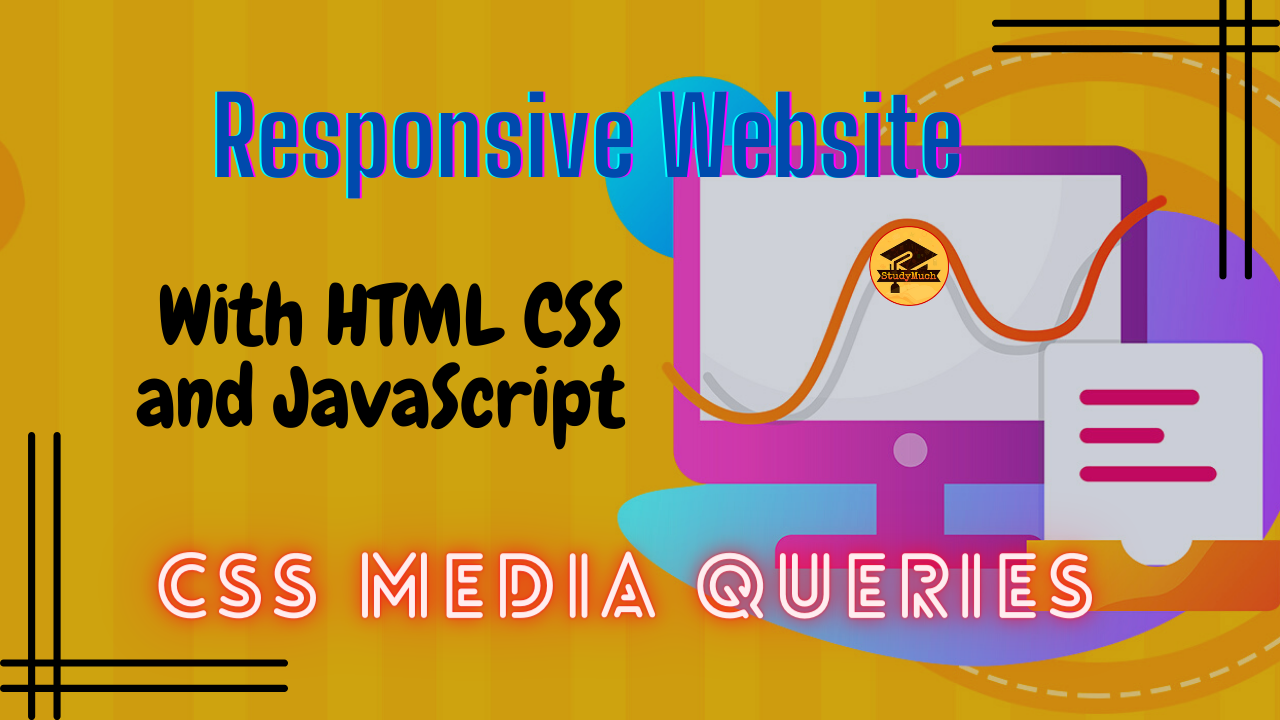Responsive Website

Responsive Website
In this article you will learn how to create Responsive Website with HTML, CSS and JavaScript, here we given you all the code of Responsive Website.
A responsive website is a type of website that adjusts its layout and content to fit different screen sizes and devices. This ensures that the website is accessible and usable on any device, from desktop computers to smartphones.
Steps to Create Responsive Website
To create a website using HTML, CSS, and JavaScript, follow these steps given steps below:
HTML: Start by creating a basic HTML structure for your website, including headings, paragraphs, images, and other elements. Use semantic HTML elements such as header, nav, main, article, and footer to give structure to your content.
CSS: Use CSS to style your HTML elements and create a visual design for your website. To make your website responsive, use media queries to define different styles for different screen sizes. For example, you can create a separate style sheet for mobile devices, and another for desktop computers.
JavaScript: Add interactivity to your website using JavaScript. For example, you can use JavaScript to create navigation menus, image sliders, and other dynamic features that enhance the user experience.
Flexbox: Use the CSS Flexbox layout to create flexible and responsive grid-based layouts. Flexbox allows you to create flexible and responsive layouts that adjust to different screen sizes and devices.
Grid Layout: Use the CSS Grid Layout to create grid-based layouts that are easy to manage and responsive. Grid Layout is a powerful tool for creating complex and responsive layouts, and it works well with Flexbox.
Viewport: Use the viewport meta tag to control the size of the viewport and ensure that your website is displayed correctly on different devices. The viewport meta tag is essential for creating a website, as it allows the browser to adjust the size of the viewport to fit different screen sizes.
Testing: Finally, test your website on different devices and screen sizes to ensure that it is responsive and functional. Use a responsive design testing tool, or simply resize your browser window, to see how your website looks on different devices.
By following these steps, you can create a website that is accessible and usable on any device, and that provides a positive user experience for your visitors.

Coding Example (Responsive Website)
Here’s a simple example of a responsive website using HTML, CSS, and JavaScript:
<!DOCTYPE html> <html> <head> <meta name="viewport" content="width=device-width, initial-scale=1.0"> <title> Website</title> <style> /* CSS for desktop devices */ @media only screen and (min-width: 768px) { .container { width: 100%; margin: 0 auto; } header { display: flex; justify-content: space-between; align-items: center; background-color: lightblue; padding: 2px 20px; } header h1 { font-size: 36px; } header nav { display: flex; } header nav a { margin-right: 20px; font-size: 24px; text-decoration: none; } main { display: flex; flex-wrap: wrap; padding: 2px 20px; background-color: lightcyan; } p { font-size: 20px; } main article { width: 60%; margin-right: 20px; } main aside { width: 30%; } } /* CSS for mobile devices */ @media only screen and (max-width: 767px) { .container { width: 100%; background-color: lightcyan; } header { text-align: center; background-color: lightblue; padding: 2px 20px; } header h1 { font-size: 24px; text-align: center; } p { font-size: 20px; } header nav { display: none; } main { flex-direction: column; } main article, main aside { width: 100%; } } </style> </head> <body> <div class="container"> <header> <h1>Responsive Website</h1> <nav> <a href="#">Home</a> <a href="#">About</a> <a href="#">Contact</a> <a href="#">Desclimar</a> <a href="#">Policy</a> </nav> </header> <main> <article> <h2>Welcome to My Website</h2> <p>Lorem400</p> </article> <aside> <h2>About Me</h2> <p>I'm a web developer and I specialize in creating responsive websites. Lorem200</p> </aside> </main> </div> </body> </html>
Output:


In this example, the CSS uses media queries to define different styles for desktop devices (min-width: 768px) and mobile devices (max-width: 767px). On desktop devices, the header is displayed with a flexible layout and the main content is displayed in a two-column layout. On mobile devices, the header is smaller and the main content is displayed in a single column.
By using media queries and responsive design techniques, you can create a website that is accessible and usable on any device, and that provides a positive user experience for your visitors.
Read Also –


1 Comment
slot gacor · March 23, 2023 at 3:45 am
I just couldn’t depart your website before suggesting that I really enjoyed the standard information a person provide for your visitors? Is going to be back often to check up on new posts